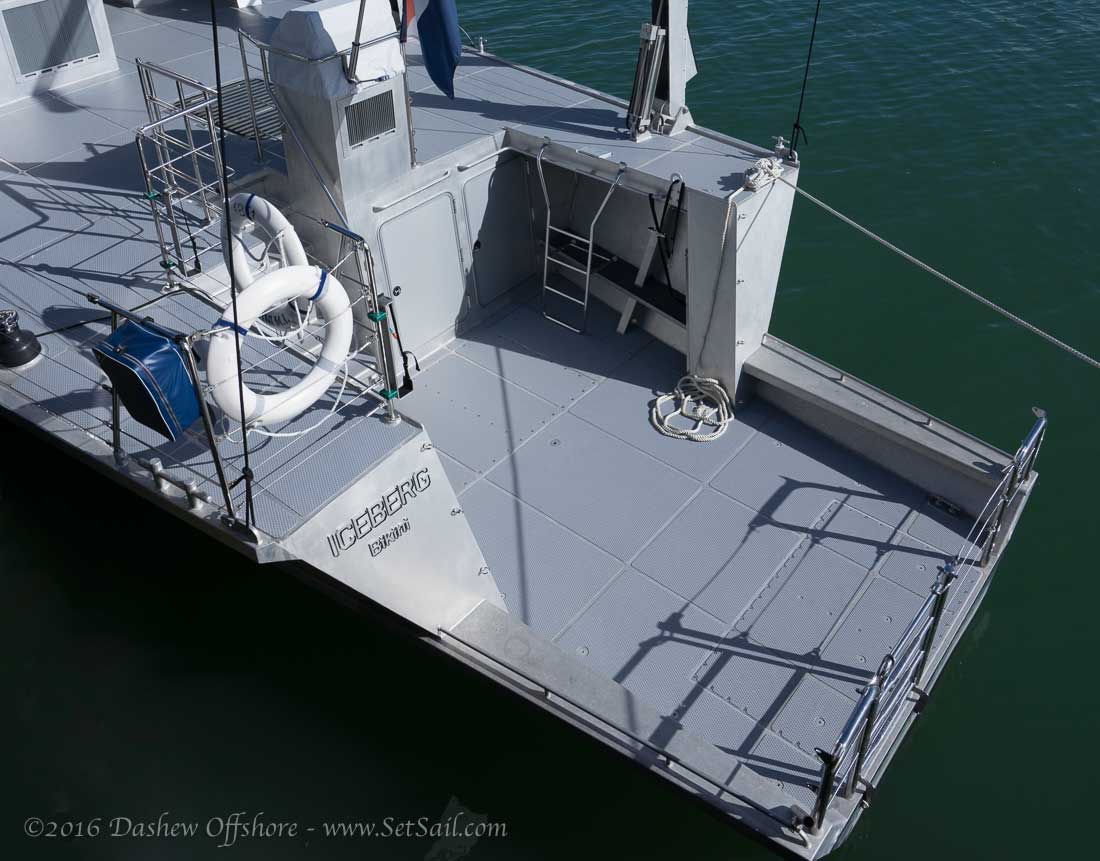Dear Steve and Linda: Having discovered SetSail site, I want to tell you what a terrific boat you have designed in the Wind Horse. What I found particularly interesting is your break up with the dominant design rules of cruising power boats, e.g., trawlers.
While my limited budget allows me only to dream of Wind Horse, I am myself involved with pushing ahead my own dreams of ocean cruising. Having known your work, I have already given up my trawler-oriented mindset and I am rethinking the entire issue considering the canoe-like hull proposition you so beautifully materialised in Wind Horse.
Having said this, I’d like to know your comments on two points.
-according to the equation of displacement hull speed (1.2 times sqrt water level length in feet, am I correct?), a 85 feet-long boat could achieve a max speed of around 11 knots. But boats often go far beyond these limits, as are good examples your own designs. So, I confess I’m puzzled. Could you, please, shed some light on the issue?
-have you ever considered adding lifting hydrofoils to your designs (I think about Wind Horse) not, of course, to turn them into 60-knot-out-of-the-water rocket-boats, but to reduce their displacement and wetted area by say, 30%, so increasing speed & range? I think of hydrofoils added, say, to the keel and skegs, in order to compensate for, say, 30% of the vessel’s weight, or displacement, and adding to stability as a bonus benefit. Is this way wrong? If so, could you point the problems with it?
Thank you for your attention. Best regards, Francisco
Read the rest »




 ©Stan & Valerie Creighton: Fulaga, Fiji
©Stan & Valerie Creighton: Fulaga, Fiji

